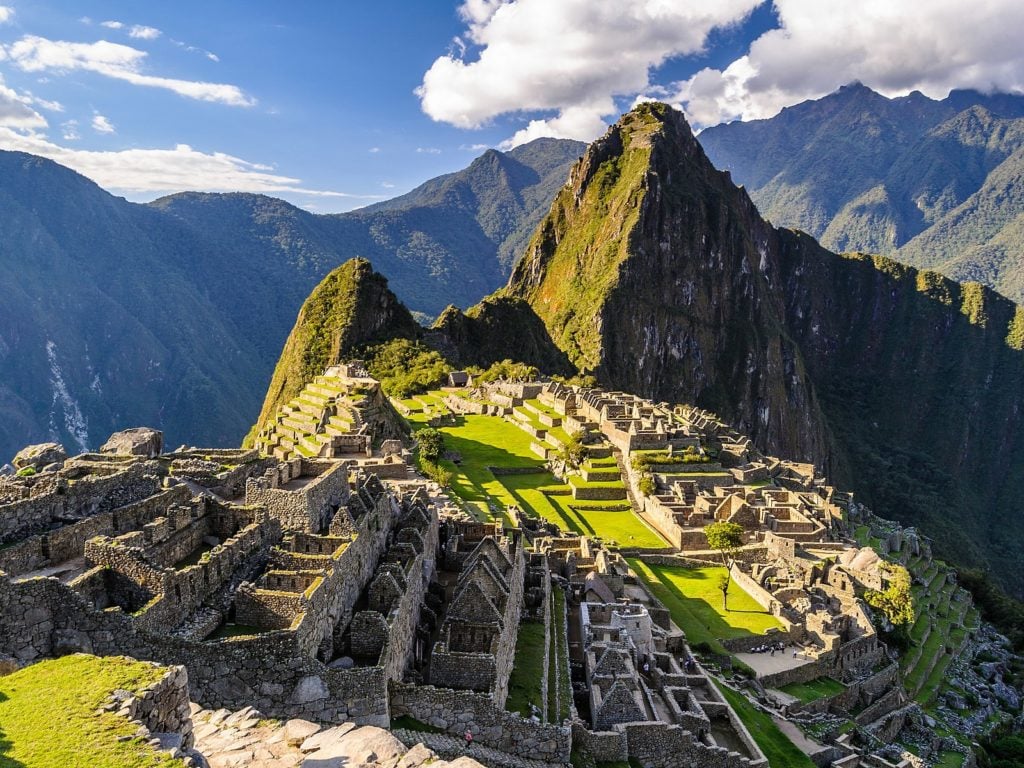
Archaeologists in Peru have found an ancient tomb they believe may have belonged to an elite religious leader, the “Priest of Pacopampa.”
The Ministry of Culture of Peru announced that the 3,000-year old tomb was found in the north of the country. The priest was buried under six layers of ash mixed with black earth. It is noted that the ashes were decorated with ceramic bowls and seals, indicating the use of ancient ritual body paint.
Archaeologists recently discovered a tomb of an elite religious leader that died 3000- years ago in northern Peru.
The priest was buried under six layers of ash mixed with black earth, with decorated ceramic bowls and seals indicating ancient ritual body paint used for people of… pic.twitter.com/JsXvhfS04Y
— Archeology and History (@archehistory) August 29, 2023
The tomb also contained decorated ceramic bowls and seals associated with ritual body painting for the elite of that time. Along the upper edges of the tomb, archaeologists found two seals. One of them had an anthropomorphic face facing east, while the other depicted a jaguar facing west.
Yuji Seki, project leader, noted the uniqueness of the find. Namely, the unexpectedly large size of the tomb is 2.2 yards (2 m) in diameter and 3.3 (1 m) feet deep. Seki also revealed the body is positioned in an unusual manner, lying face down with legs crossed. Further, a tupu-shaped bone, used by the Andean Indians to fasten cloaks and ponchos, was found on the priest’s body. According to Seki, the buried man was the leader of his time.
The Ministry of Culture noted that the Pacopampa Archaeological Project has been operating in the area since 2005. Analysis of the rock layers determined that the priest, buried around 1200 BC, was about five centuries older than the tombs of the “Lady of Pacopampa” and the “Priests of Pacopampa’s Snake Jaguar,” discovered earlier in 2009 and 2015.
Ancient Tombs
Archaeologists continue finding and studying ancient tombs worldwide. In May, a vaulted tomb from the Mycenaean Era near Amphikleia in Central Greece was excavated. The find hints at a potentially undiscovered Mycenaean settlement near the ancient ruins of Tithronium. Archaeologist Dr. Petros Kounouklas, leading the excavation, called it the “first proof of existence of a Mycenaean tholos (vaulted) tomb in Phthiotis.” The monument, constructed between the 14th and 13th centuries BCE, was looted in antiquity and repurposed during the Roman Era.
The findings included human remains, distinctive pottery, and remarkable golden jewelry. The discovery of two exquisite seals—one depicting the famed Minoan bull-leaping sport— was unusual. The tomb’s preservation was likewise notable, with plans to improve public access following the excavation’s completion.
In April, Greece partially unveiled the Kasta Tomb of Amphipolis, open to specific groups nine years after its discovery. Scientists, educators, and locals are divided into groups of five individuals. Each group is assigned an escort. The goal of the groups is to explore the interior, observing the reassembled marble, entrance sphinxes, and preserved Caryatids. The vast burial trench is also visible from a distance.
Scheduled for public opening in 2027, the Amphipolis Tomb, which is larger than the tomb of Philip II of Macedon, was initially speculated to be Alexander the Great’s resting place. Although ruled out, it is believed to be a memorial for Alexander’s confidant Hephaestion or possibly Olympias, his mother.
See all the latest news from Greece and the world at Greekreporter.com. Contact our newsroom to report an update or send your story, photos and videos. Follow GR on Google News and subscribe here to our daily email!



